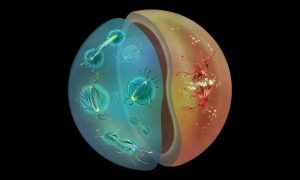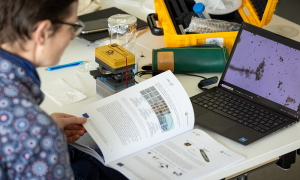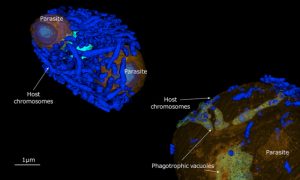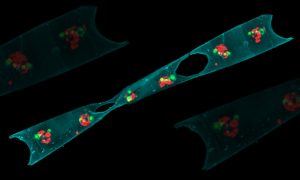
Exploring diversity in cell division
Science & Technology New research by EMBL scientists shows how different modes of cell division used by animals and fungi might have evolved to support diverse life cycles.
2024
science-technology

Science & Technology New research by EMBL scientists shows how different modes of cell division used by animals and fungi might have evolved to support diverse life cycles.
2024
science-technology

Lab Matters BIOcean5D is an EMBL-coordinated project co-funded by the European Union that unites 31 institutes to address pressing global challenges on marine biodiversity.
2024
lab-matters

Lab Matters A recent student visitor shares her impressions from visiting EMBL’s Vincent group as we recognise International Day of Women and Girls in Science.
2023
lab-matters

ConnectionsLab Matters EMBL hosts inaugural meeting for major interdisciplinary project designed to boost understanding of ocean life
2023
connectionslab-matters

Plankton parasites provide a zombie story perfect for Halloween. While invading single-celled plankton, these parasites devour the cell’s nucleus and hijack metabolism while the organism remains alive.
2022
science

Lab MattersScience & Technology A technology around since the ‘60s, flow cytometry has increasing applications. New leadership at EMBL’s flow cytometry facilities is looking to ease use, expand training, and encourage more collaboration.
2021
lab-mattersscience-technology

Lab Matters EMBL’s EU Green Week event showcased various ways molecular biology research can help solve environmental challenges.
2021
lab-matters

People & Perspectives Dozens of postdocs boosted their careers with a voyage aboard the Tara Oceans research schooner
2016
people-perspectivesscience
No matching posts found
Looking for past print editions of EMBLetc.? Browse our archive, going back 20 years.
EMBLetc. archive